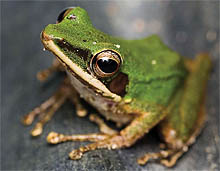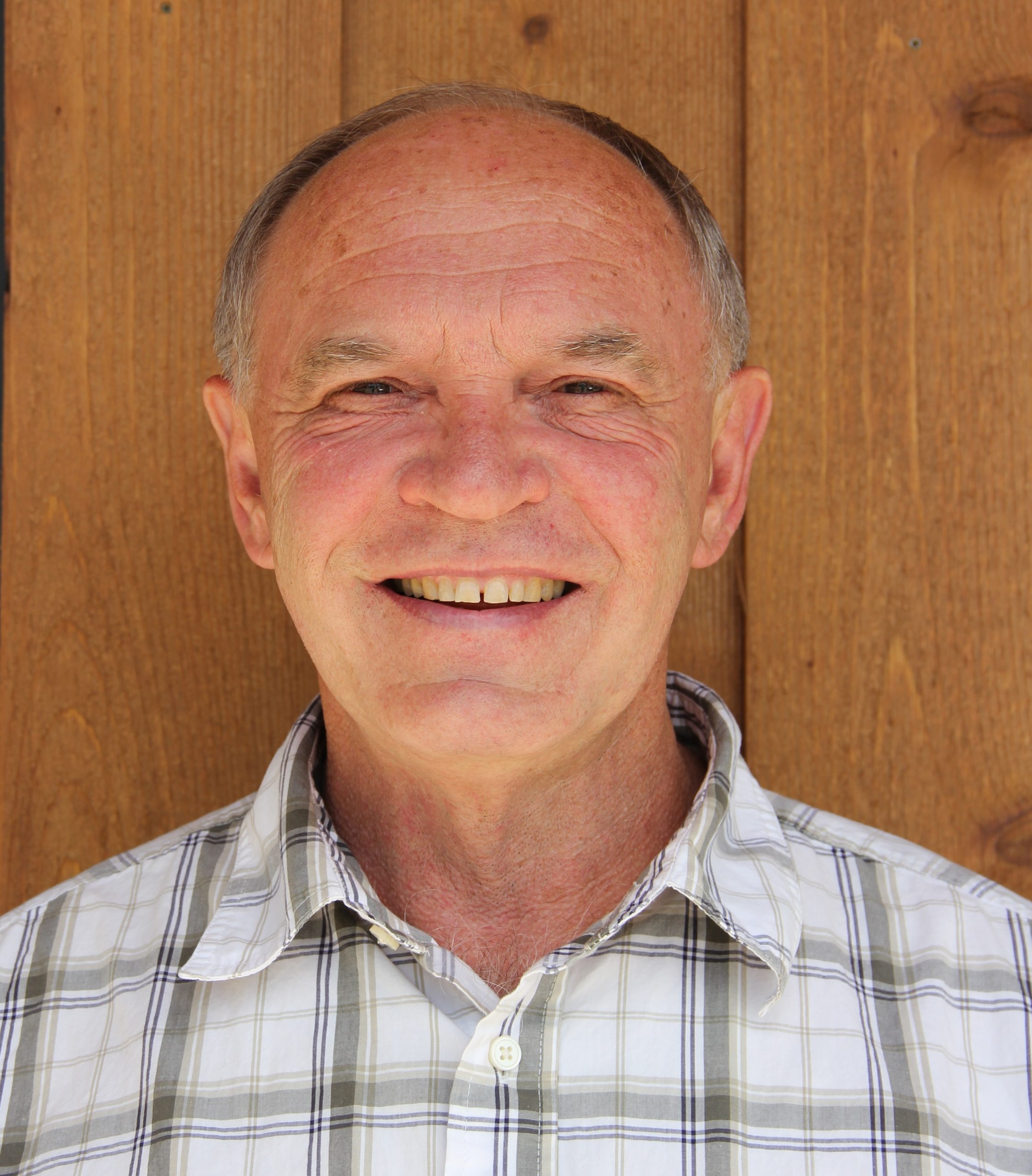
The drive to be greener than others begs two questions. Why is everyone so green here and now, and what really constitutes being green?
Even on the first Earth Day in 1970, there were relatively few people who would call themselves environmentalists, despite the fact that rivers were burning, children could not play outside due to smog, and species such as the bald eagle were threatened with extinction. Today, on the other hand, when the air and water are cleaner, more land is protected, and wildlife habitat is greatly improved, we are all environmentalists.
The main reason for the change is shown by the “Environmental Kuznets Curve,” named for Harvard Nobel laureate Simon Kuznets. This demonstrates that environmental quality may fall as incomes rise from very low levels, but that it eventually begins to improve as we get richer (approximately $5,000 per capita for most measures of environmental quality such as clean air and water). The reason is simple; once we have more food, better shelter, improved health care, and so on, we can afford a higher level of environmental quality.
Since the first Earth Day, U.S. per capita incomes have more than doubled. At $18,000 per capita four decades ago, we couldn’t afford to clean up burning rivers; today at $38,000 per capita, we spend billions of dollars to remove minuscule amounts of pollutants, such as arsenic, though they present no real threat to humans or wildlife.
As we have gotten richer, we also seem to have moved from addressing current environmental problems toward preventing hypothetical ones. On the endangered species front, today’s green focus is on hypothetical extinctions predicted from biodiversity models rather than on observations of actual threatened animals or plants. People who hypothesize mass extinctions cannot name even a few species that have gone extinct in the last decade. And for the mother of all environmental issues—global warming—we are willing to spend trillions of dollars reducing carbon emissions despite sound reasons to doubt the extent to which warming is human caused and the fact that our actions will have little impact on global temperatures over the next century.
This turns us to the question: How do we know if we really are green? Consider the electric car with the sign on its side reading “zero pollution.” True, the electric car has no tailpipe, but what about the coalfired generating plant that produced the electricity that charged the car’s battery? Does recycling paper really save trees when the pulp for new paper comes mostly from trees that were planted to meet the pulp demand and will not be planted if that demand falls? In greener-than-thou circles, it borders on immoral to not recycle, but there is ample evidence suggesting that some recycling uses more natural resources than it saves (see Dan Benjamin’s PERC Policy Series, Eight Great Myths of Recycling).
When Sesame Street character Kermit the Frog croaked, “it’s not easy being green,” it was prophetic. Claiming you are green because you drive a Prius or because you recycle faithfully may win you points at the greener-than-thou cocktail parties, but do they really help the environment and humanity? As Bjørn Lomborg, author of The Skeptical Environmentalist, points out (using ample data), many environmental fears are unfounded and therefore consume our time and energy without much more than feel-good returns. More recently in his book, Cool It, Lomborg admonishes us to consider what we could accomplish for humanity if we diverted resources being used to combat global warming toward fighting malnutrition, malaria, or AIDS.
One way you can be sure you are green is by investing in the environment as an asset. Nonprofit groups using private resources to conserve land and water directly produce open space and wildlife habitat. For-profit firms that make unsubsidized profits from new forms of energy or from managing land to enhance Mother Nature’s bounty are serving the demands of people first and improving the environment secondarily. T. J. Rogers, CEO of SunPower Corp., which manufactures solar-power systems, puts it well: “I want solar if it makes money and I don’t want solar if it doesn’t make money.”
There is much talk about businesses having double bottom lines, meaning they want to earn profits and improve environment quality. Only by focusing on the first is there any possibility of ensuring the sustainability of the second.
In his “On Target” column, PERC’s executive director Terr y L. Anderson confronts issues surrounding free market environmentalism. Anderson can be reached at perc@perc.org.



